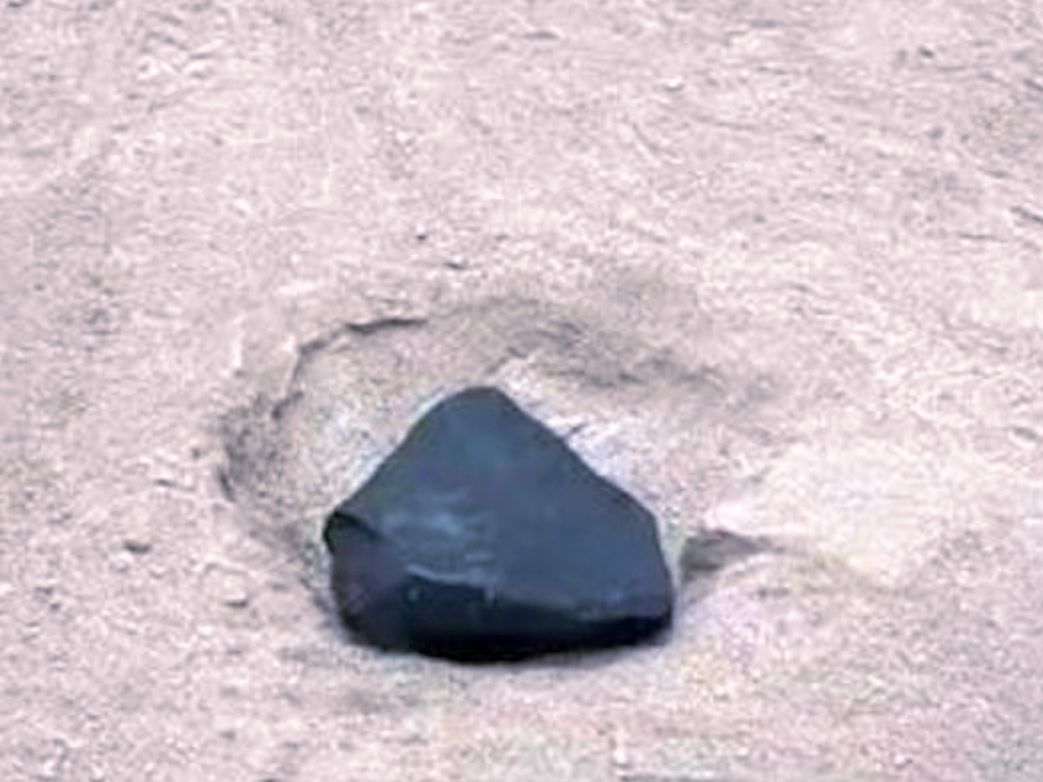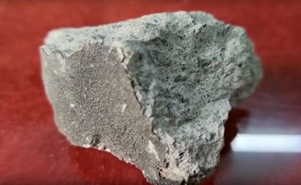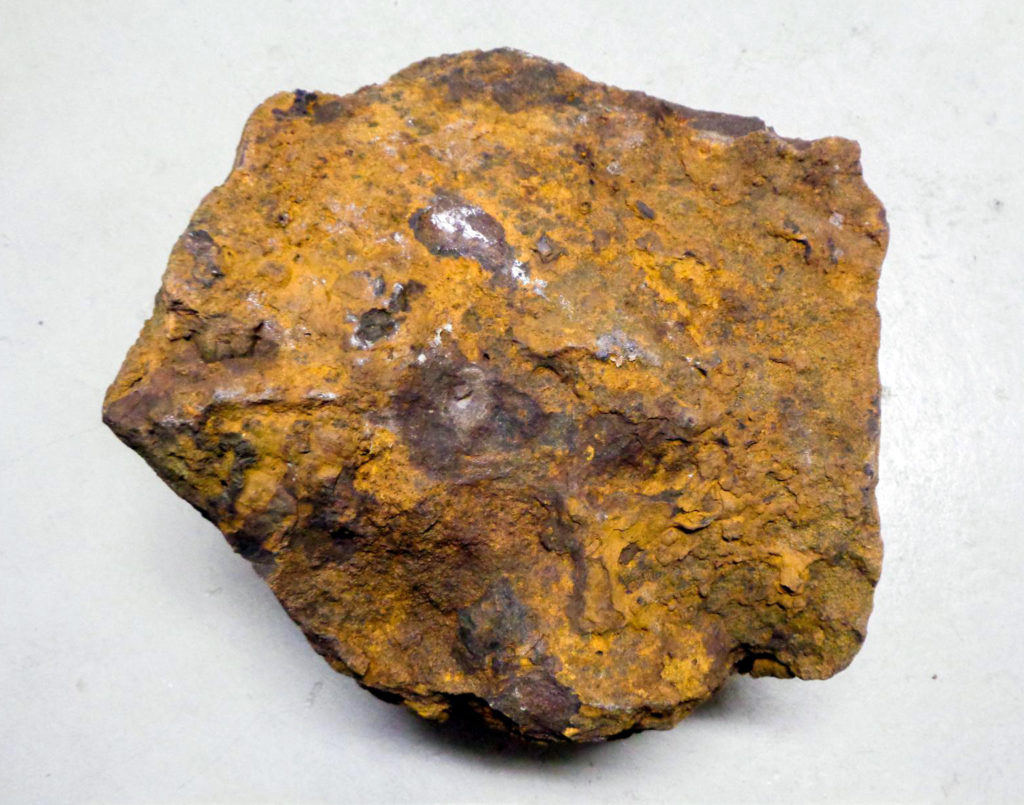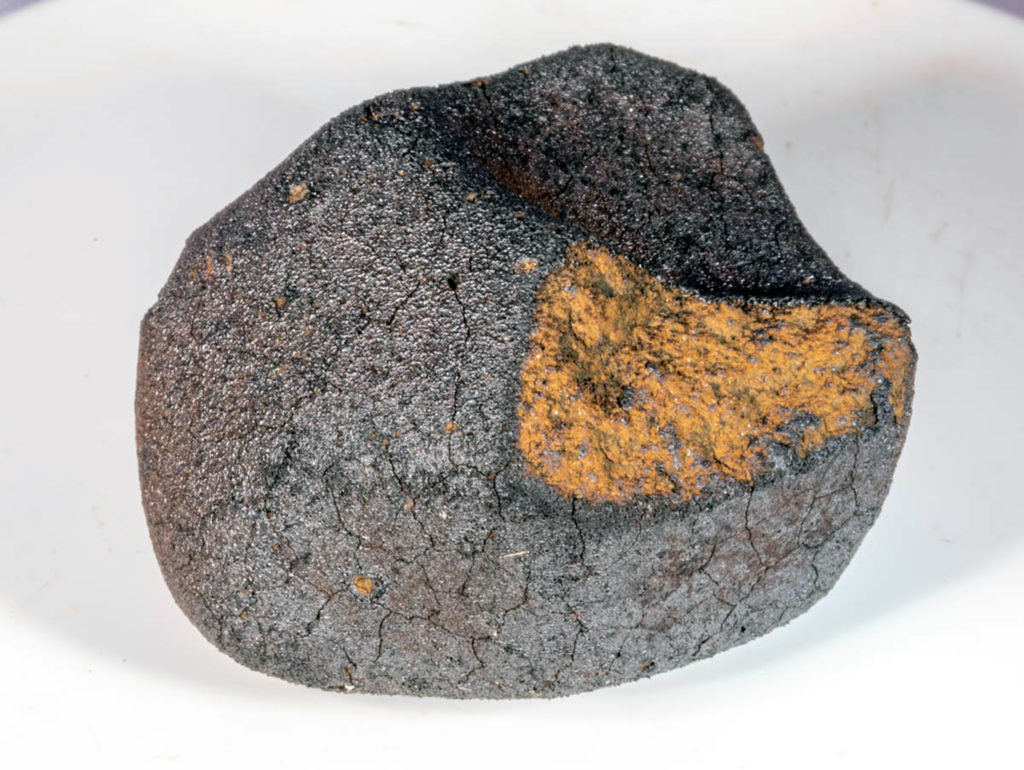Origin of the p-process radionuclides 92Nb and 146Sm in the early solar system and inferences on the birth of the Sun
Maria Lugaro, Marco Pignatari, Ulrich Ott, Kai Zuber, Claudia Travaglio, György Gyürky, and Zsolt Fülöp
PNAS2016 ; published ahead of print January 11, 2016, doi:10.1073/pnas.1519344113
“Significance
Radioactive nuclei with half-lives of the order of millions of years were present in the solar system at its birth and can be used as clocks to measure the events that predated the birth of the Sun. Two of these nuclei are heavy and rich in protons and can be produced only by particular chains of nuclear reactions during some supernova explosions. We have used their abundances to derive that at least 10 million years passed between the last of these explosions and the birth of the Sun. This means that the region where the Sun was born must have lived at least as long, which is possible only if it was very massive.”
“Abstract
The abundances of 92Nb and 146Sm in the early solar system are determined from meteoritic analysis, and their stellar production is attributed to the p process. We investigate if their origin from thermonuclear supernovae deriving from the explosion of white dwarfs with mass above the Chandrasekhar limit is in agreement with the abundance of 53Mn, another radionuclide present in the early solar system and produced in the same events. A consistent solution for 92Nb and 53Mn cannot be found within the current uncertainties and requires the 92Nb/92Mo ratio in the early solar system to be at least 50% lower than the current nominal value, which is outside its present error bars. A different solution is to invoke another production site for 92Nb, which we find in the α-rich freezeout during core-collapse supernovae from massive stars. Whichever scenario we consider, we find that a relatively long time interval of at least ∼10 My must have elapsed from when the star-forming region where the Sun was born was isolated from the interstellar medium and the birth of the Sun. This is in agreement with results obtained from radionuclides heavier than iron produced by neutron captures and lends further support to the idea that the Sun was born in a massive star-forming region together with many thousands of stellar siblings.”
































